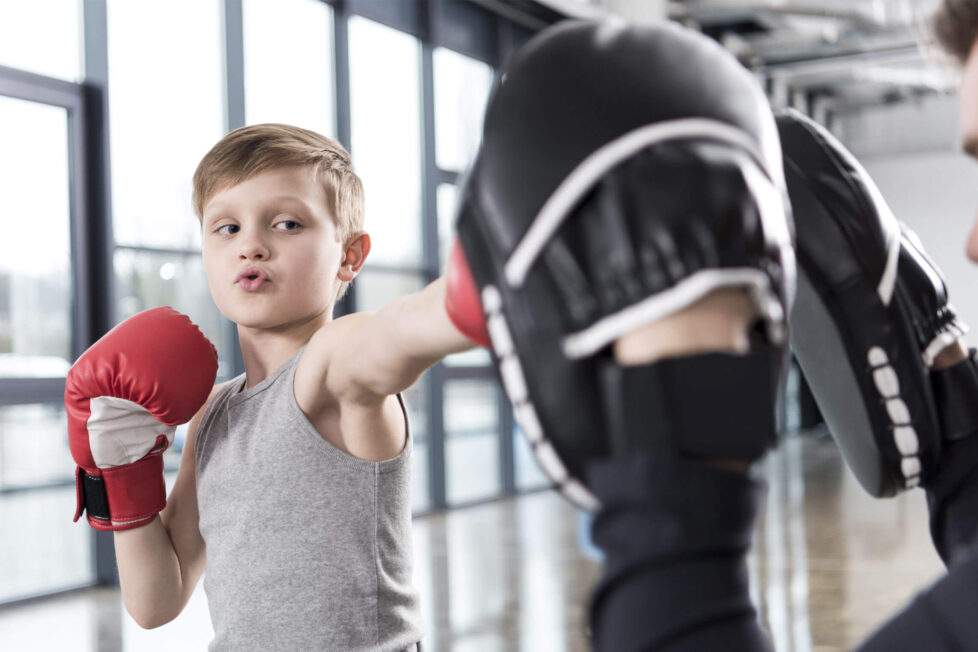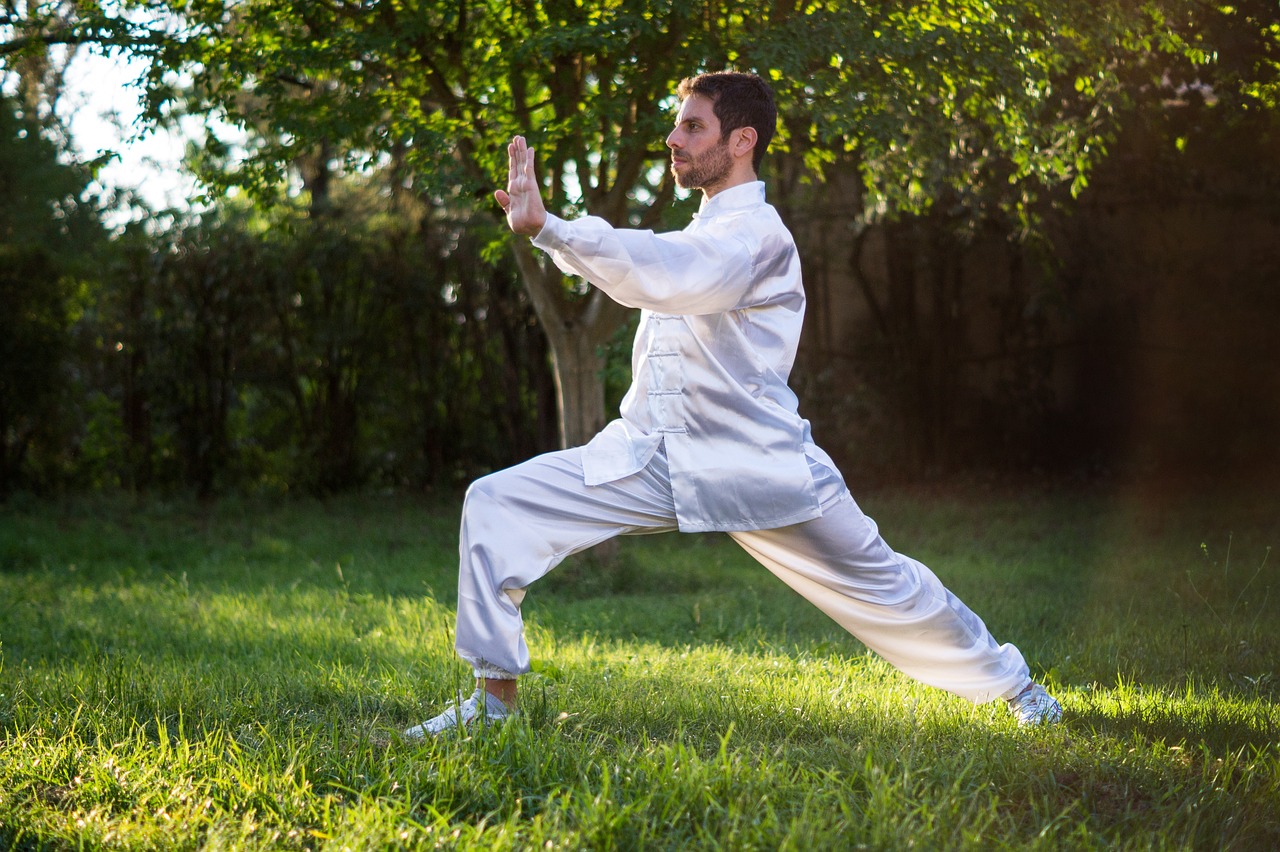Training Guide for Mixed Martial Arts Beginners


Mixed martial arts (MMA) is a full-contact, combat sport that combines striking and grappling techniques from various martial arts styles. It has become increasingly popular in recent years due to its unique combination of mixed martial art forms such as boxing, muay thai, wrestling, judo, jiu-jitsu, karate, and more.
MMA practitioners such as ultimate fighting championship martial artists strive for excellence in their chosen discipline by learning the fundamentals of each style and developing an effective fight strategy that utilizes these skills.
This guide provides mixed martial arts discipline for beginners with a comprehensive overview on how to get started with this exciting sport. From understanding the rules and regulations to selecting the right equipment and training methods – this guide will provide valuable insight into what it takes to become an MMA fighter.
MMA is a combat sport that involves three core components: striking, grappling, and conditioning.
Striking is the most widely recognized component of mixed martial arts. It comprises various techniques from different disciplines, such as boxing, jiu-jitsu, muay Thai, kickboxing, karate and taekwondo.
The second component of mixed martial arts involves the use of grappling techniques. This includes take-downs, submissions, and ground fighting. It is important for mixed martial artists to not only know how to apply these skills in a fight, but also understand how to defend against them.
The third component of mixed martial arts is conditioning. MMA fighters need to develop physical and mental strength in order to be able to compete effectively. This includes a combination of strength training, cardiovascular training, and stretching exercises.
In mixed martial arts, selecting the right equipment is essential for proper training and safety. Here are some of the essential pieces of gear that MMA beginners should have:
1. Mouthguard
A good mouthguard will protect your teeth from damage during sparring or competition.
2. Hand wraps
Wrapping your hands also provides extra protection and support while striking.
3. Headgear
Headgear is an important protective gear that helps protect your head from strikes or grappling holds during training or competition.
4. Boxing gloves
Boxing gloves are essential in mixed martial arts, as they protect the hands and wrists from injury during punching drills. – Shin guards: Shin guards provide protection against strikes to the lower legs while sparring or grappling. – Headgear: Headgear is necessary for protecting your head from punches and kicks during training.
5. MMA Gloves
MMA gloves are designed for mixed martial arts and provide extra protection for your hands during striking. – Groin protector: A groin protector is necessary to protect from accidental strikes during sparring. This equipment sets the foundation for mixed martial artists, providing them with the tools to train safely.
6. Head guards
Head guards are important for mixed martial arts practitioners to wear during sparring sessions to protect the head from strikes. Training methods In mixed martial arts, training is essential to improving your skills and developing an effective fighting strategy. Here are some tips on how mixed martial artists can maximize their potential: – Learn the fundamentals of each.
7. Rash guard
The rash guard is another important piece of mixed martial arts gear. It helps protect the skin from mat burns, rashes, and other abrasions during training or competition. – Train consistently: Consistent practice will allow mixed martial artists to perfect their techniques and better understand MMA.
8. Shin Guards
Shin guards are also important in mixed martial arts. They help to protect the shins and ankles from kicks, take-downs, and other techniques that might cause injury during sparring or competition. – Focus on technique: Focusing solely on strength will not make a mixed martial artist successful.


Before starting MMA training, you must prepare yourself first mentally and physically. Know your limitations and capabilities with your health care practitioners, Once you have the green light, you can go ahead and start doing cardio exercises.
1. Develop an exercise plan
Come up with an exercise routine that combines both strength and cardio exercises.
2. Eat healthy
Eating a nutritious diet is essential for mixed martial artists, as it fuels the body with the necessary energy for training and competitions.
3. Get plenty of rest
Resting is important for mixed martial artists, as it helps to recover from physical exhaustion and recharge the body.
4. Set realistic goals
Setting realistic goals allows mixed martial arts practitioners to progress steadily over time. You may make your goals higher each time you achieve one, and you might just find yourself one day aiming to be a champion in MMA events or a member of an MMA organization.
By following these tips, mixed martial arts beginners can ensure they are fully prepared for MMA training. Mixed martial arts practitioners can train safely and effectively with the right gear, knowledge, and conditioning.
Warm-Up
warming up before an MMA training helps to loosen and stretch the body before vigorous physical activity. Stretching can help improve mobility and range of motion, reducing the risk of injury.
Skill Training/Drills
During MMA training, drills and skill-based exercises are practiced to help mixed martial artists develop their techniques and abilities. This phase requires mixed martial artists to drill basic and advanced skills, such as striking combinations, takedowns, throws, submissions, and guard passes.
Strength and Conditioning
Strength and conditioning exercises are an important part of MMA. These exercises help martial artists increase their speed, agility, strength, and power for competition. Training in the weight room can also help martial artists improve their overall performance in the cage/ring.
Sparring/Grappling
Sparring, or live drilling allows mixed martial artists to put their skills and techniques into practice in a controlled environment. This helps them become familiar with an actual fight’s intensity and pace. This is also the most physical aspect of MMA training, as mixed martial artists practice their techniques in a live sparring or grappling session.
Cool down/Stretching
Cooldown is essential to MMA training and helps practitioners avoid injuries and recover quickly. Cooling down with light stretching and foam rollers prevents soreness, tightness, cramping, and other physical issues.
Here are some of the advantages mixed martial artists can expect to get from engaging in mixed martial arts:
1. Increased strength and endurance
MMA training helps build strength and endurance, making mixed martial artists stronger and more resilient, enhancing their physical capabilities and having the ability to Self-defense.
2. Improved coordination and agility
Mixed martial arts training helps practitioners develop their coordination and agility, making them faster and more agile.
The advantages mixed martial arts have to offer.
3. Enhanced flexibility and balance
Mixed martial arts training helps mixed martial artists improve their flexibility and balance, allowing them to perform complex movements more easily.
Improved mental toughness.
4. Enhanced self-confidence
MMA training helps mixed martial artists to gain self-confidence by pushing them to face their fears and overcome challenges. This can lead to improved performance in all aspects of life.
5. Stress relief
Training mixed martial arts can be a great way to manage stress, as it gives practitioners an outlet for their emotions and allows them to focus on something positive.
Mixed martial arts can be an exhilarating activity to get involved in. Proper technique and knowledge are essential for a successful start for mixed martial arts beginners. To be an ultimate fighter, it is important that mixed martial artists consistently practice their skills and drills, cross-train in various styles of combat sports and focus on strength and conditioning workouts.
By following these guidelines, mixed martial arts beginners can make the most out of their modern MMA training sessions, becoming fitter and better mixed martial artists with each passing day!
